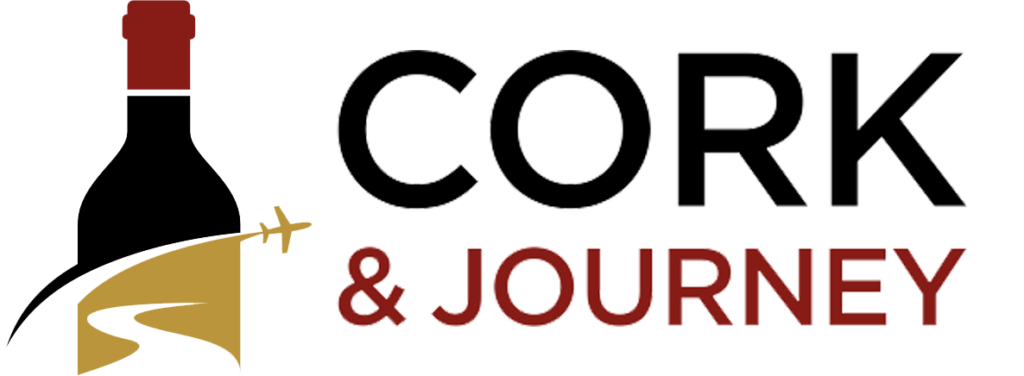2023 was a year etched in acquisitions, weather woes, and AI ascendance. But as the dust settles, anticipation swirls for what 2024 holds. Buckle up, wine lovers, we’re going to uncork the biggest stories of the year and make a bold prediction for 2024.
2023 was a year etched in acquisitions, weather woes, and AI ascendance. But as the dust settles, anticipation swirls for what 2024 holds. Buckle up, wine lovers, we’re going to uncork the biggest stories of the year and make a bold prediction for 2024.
2023 was a huge year for wine acquisitions with major beverage brands like E. & J. Gallo and Constellation Brands, and Treasury Wine Estates consolidating their holdings, and with family-owned wineries cashing out on and capitalizing on years, or even generations of hard work.
The most surprising sale of the year has to be E. & J. Gallo’s purchase of Rombauer Vineyards, one of the most popular California Chardonnays in the world. The eye-watering sale is estimated to be in the area of $600 million for Rombauer’s numerous vineyards, tasting rooms, and implied brand value.
Other major winery acquisitions in 2023 included:
Washington’s Chateau Ste. Michelle, the largest employer in the state’s wine industry, slashed 5% of its workforce and reduced grape purchases by 40%. The Washington winery wasn’t the only one struggling. According to a report by the BBC, “Global Wine Production Fell to a 62-Year Low in 2023”.
Wine economists, winemakers, and other industry professionals cite a number of reasons for this decline. Bad weather (frost, hail, fires), affected wine in Spain, Italy, and France. Winemakers in Australia and Chile were affected by drought. Australian wineries actually faced a double-whammy with wine sales, production, and demand when their top import partner, China, placed a massive tariff on Australian wine imports (as much as 200%), which effectively stopped importation.
The big headwind facing wineries around the world is what many see as the industry’s inability to attract younger drinkers. Story after story was written about how wineries can attract younger customers. While strategies for attracting Millenials and Gen-Zers to wine vary, one thing is certain, the industry needs a greater market share for those 21 to 40 years if it wants to thrive in the future.
When ChatGPT (GPT-4) passed three levels of the Master Sommelier exam, which is notorious for stumping even the most studious and seasoned wine professionals, the wine industry took notice. As wine programs go, the Master Sommelier exam isn’t for the faint of heart. We’re watching anxiously to see how technological developments like these affect the wine world.
Wine lovers will look beyond traditionally popular wine regions like California, France, and Italy, and seek out value wines, more accessible tasting options, and winemakers exploring different grape varieties and styles.
Valle de Guadalupe wineries will continue to attract wine tourists from the US and beyond. With prices in traditionally popular Napa Valley, Sonoma, and even the Willamette Valley on the rise, the wines of Baja, California will prove more enticing for consumers. Wineries in Valle de Guadalupe, like Casa Magoni and LA Cetto will see their names mentioned more and more by US consumers looking for affordable wine tasting options.
While we love our luxury tastings – the experience at Arch & Tower in Napa was excellent – there’s more room at the table for non-traditional regions to shine.
Wine Festivals will be huge in 2024. If our experience at the California Wine Festival in Huntington Beach – also known as the Huntington Beach Wine Festival – is any indication, the 2024 wine festival calendar will continue to expand, and so will the crowds. And that’s a good thing for wine lovers. It’s also a good tactic to introduce younger drinkers to the exciting world of wine.

All things wine, and food you could ever need or want — straight to your email!